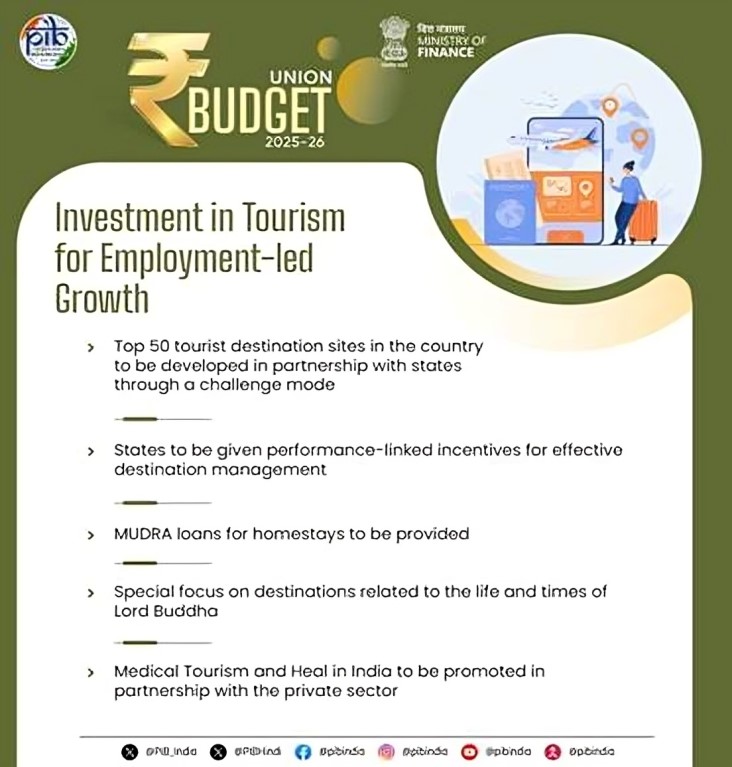7667766266
enquiry@shankarias.in
Mains: GS II – Government Policies and Interventions for Development in various sectors and Issues arising out of their Design and Implementation.
Tourism has been identified as sectors that can deliver transformative results, not just as a showcase of our heritage and soft power, but as an economic engine capable of generating growth, employment, and foreign exchange.

The Indian Express| Tourism in India – Potential and Prospects